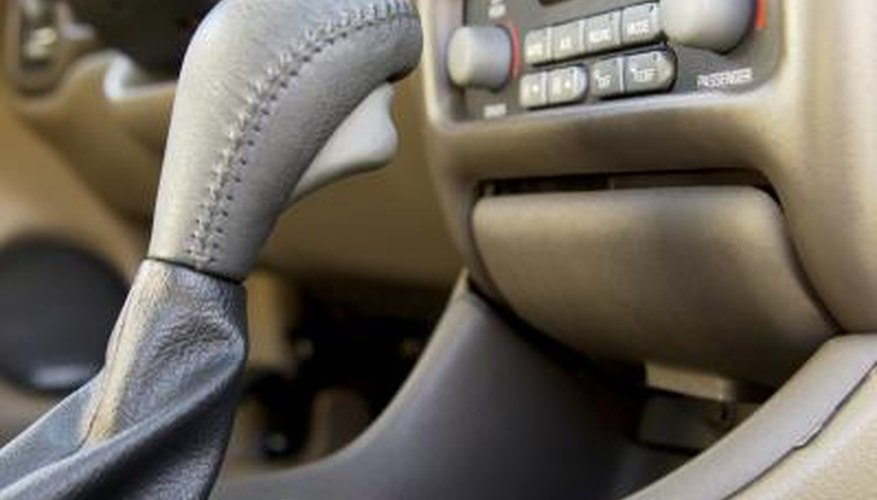The clutch in an automobile is comprised of several components that must work in tandem in order for the clutch assembly to operate properly. The clutch assembly is the direct link between the engine and the transmission and is responsible for transferring power to the vehicle's rear wheels. As such, problems like a worn out clutch thrust bearing can produce pronounced symptoms that indicate service is required.
Noise
A worn thrust bearing has increased clearances between its rollers. This allows the bearing to move around in its seat excessively, which can lead to rattling, squealing or growling noises coming from the transmission. These noises are usually most noticeable when the clutch pedal is pressed down to release the clutch.
Pedal Vibration/Pulsation
When vibration is felt while the clutch pedal is being pressed down it can indicate a worn thrust bearing. While the pedal is being depressed, the worn bearing is unable to evenly distribute load on the clutch plate, which causes uneven contact with the pressure plate and the resulting vibration or pulsation is felt at the pedal.
Clutch Sticking
Thrust bearings can lose their lubrication over time as they wear. This lack of lubrication can cause the bearing to move stiffly or bind, making it difficult to fully disengage the clutch during shifting. This can cause grinding directly due to the lack of lubrication in the bearing, and grinding from attempting to shift gears while the bearing is not releasing the clutch fully. The end result is difficulty getting the transmission to switch between gears.
- Thrust bearings can lose their lubrication over time as they wear.
- This can cause grinding directly due to the lack of lubrication in the bearing, and grinding from attempting to shift gears while the bearing is not releasing the clutch fully.
